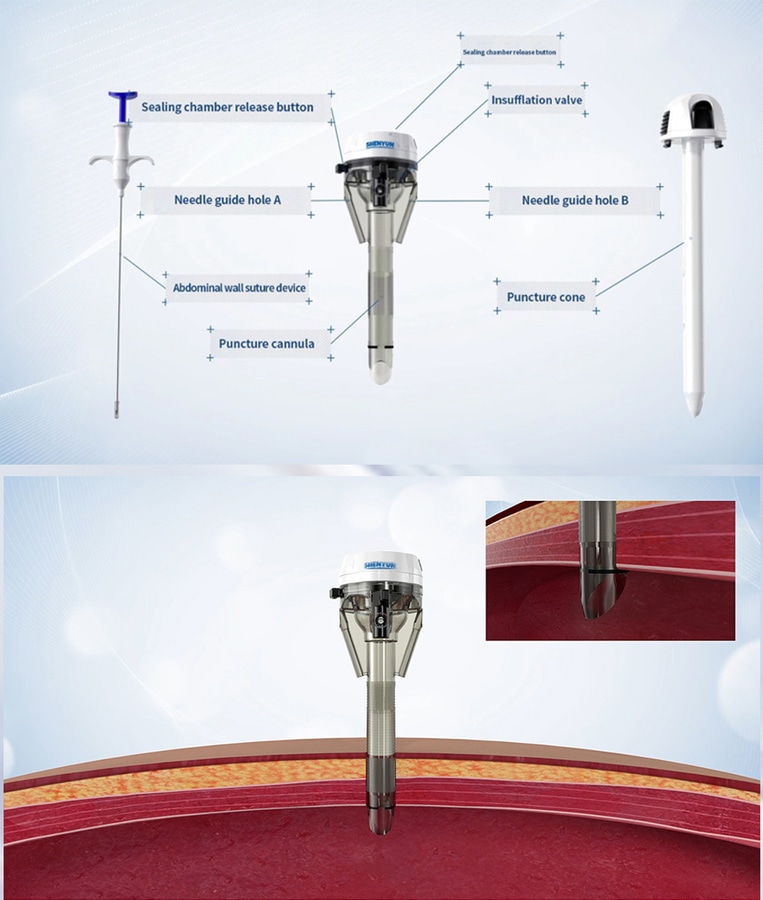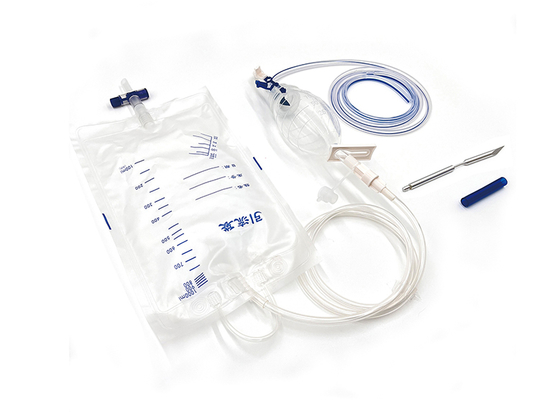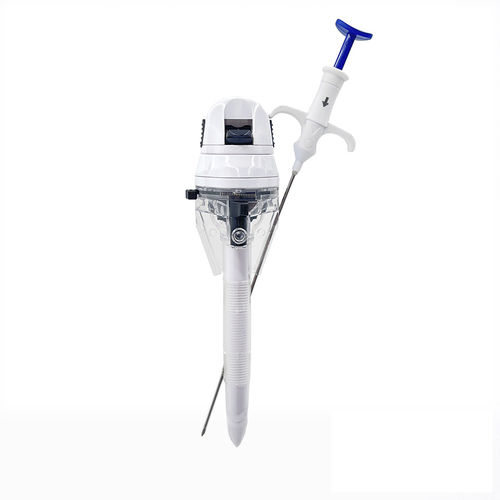
#Industry News
Technological innovation of abdominal wall staplers: domestic and foreign developments help a new era of minimally invasive surgery
shenyun medical
In recent years, with the rapid development of minimally invasive surgical technology, abdominal wall staplers, as key surgical instruments, have made major breakthroughs in the medical field at home and abroad. Domestic and foreign manufacturers are competing to launch innovative products to promote surgical efficiency and accelerate patient recovery, further consolidating their core position in laparoscopic and open surgery.
Domestic technological breakthroughs: domestic staplers are moving towards high-end
Chinese medical device companies are gradually breaking the monopoly of foreign technology and making significant progress in the field of abdominal wall staplers. For example, the "intelligent electric abdominal wall stapler" newly developed by a medical technology company in Shanghai uses adaptive pressure control technology, which can adjust the suturing force in real time, reduce tissue damage, and reduce the risk of postoperative complications. The product has passed the approval of the National Medical Products Administration for innovative medical devices and has entered the clinical promotion stage.
In addition, domestic companies have further narrowed the gap with international brands through material innovation (such as absorbable suture nails) and intelligent design (such as AI-assisted positioning). Experts pointed out that domestic staplers have significant cost-effectiveness advantages, and their popularization in grassroots hospitals will help improve the level of surgical standardization across the country.
International Frontier: Robotic Assistance and Personalized Solutions
Internationally, abdominal wall stapler technology is developing in the direction of precision and intelligence. The "ultrasonic knife + stapler integrated device" released by Johnson & Johnson can complete suturing while cutting tissue, greatly shortening the operation time; while Medtronic has launched a "reinforced stapler" suitable for obese patients, which responds to the challenge of thick abdominal wall tissue through a special stapler design.
More strikingly, the da Vinci surgical robot system has integrated a high-precision suturing module, and doctors use 3D imaging to control the robotic arm to complete complex suturing with an error of less than 0.1 mm. Some European hospitals have also tried "patient-customized suturing solutions" and used preoperative CT data to 3D print personalized staples to improve surgical safety.
Clinical application and market prospects
Abdominal wall staplers are widely used in hernia repair, gastrointestinal tumor resection and other surgeries. Domestic data show that the scale of China's stapler market will exceed 5 billion yuan in 2023, with an annual growth rate of 15%, but the high-end market is still dominated by imported brands. With the advancement of the medical insurance centralized procurement policy and the acceleration of domestic substitution, local companies are expected to seize more market share.
In the international market, North America and Europe account for more than 60% of the global market share, but the Asia-Pacific region (especially China and India) has become a growth engine due to the surge in surgical volume. The industry predicts that by 2030, the global abdominal wall stapler market will exceed US$8 billion.
Experts call for equal emphasis on standardized use and training
Despite significant technological progress, experts remind that attention should be paid to the standardized operation of staplers. Some grassroots hospitals in China have the phenomenon of "focusing on equipment and neglecting technology", which may lead to risks such as anastomotic leakage. The Chinese Medical Association's Surgery Branch recommends strengthening physician training and promoting the establishment of a surgical database to optimize instrument design.
The evolution of abdominal wall staplers is a microcosm of the leapfrog development of medical technology. In the future, with the integration and innovation of domestic and foreign technologies, the safety and accessibility of minimally invasive surgery will be further improved, ultimately benefiting patients around the world.





